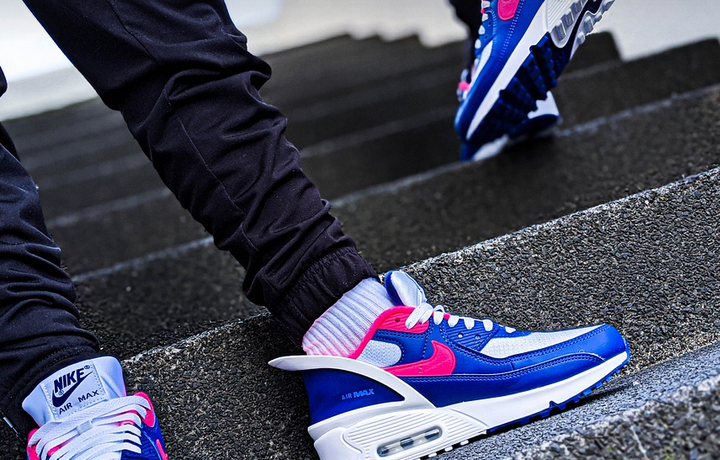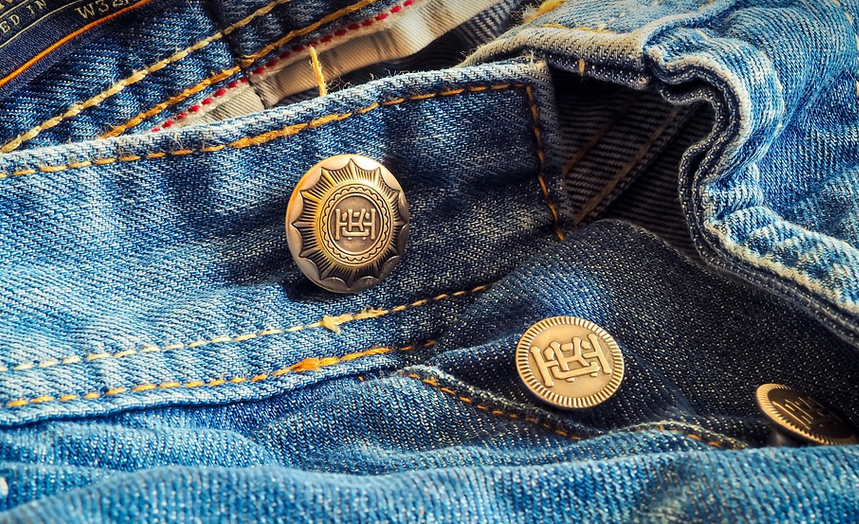The Ever-Changing Fabric Of Fashion: A Look At Clothing Through Time

From Cloaks to Crop Tops: A Journey through Style’s Evolution
Have you ever stopped to think about how fashion has changed over the years? It seems like we go from wearing heavy cloaks in a blizzard to rocking crop tops at a music festival, and everything in between. Fashion isn’t just about what we wear; it reflects our culture, societal norms, artistic impulses, and even technological advancements. It’s a constantly evolving story woven into the fabric of human history.
In this journey through time, we’ll delve into how clothing has reflected and shaped different eras. We’ll explore the evolution of materials, silhouettes, colors, and cultural significance, all while highlighting the stories behind some iconic pieces that truly embody fashion’s ever-changing nature.
**Ancient Times: The Dawn of Clothing**
Imagine a world without jeans or t-shirts. For our ancestors in ancient civilizations, clothing was far simpler and more practical in its functionality. Early humans covered themselves in animal skins to ward off the elements. Egyptians, who had an advanced understanding of fabrics, crafted linen garments for both men and women. The Romans made their mark on history with their distinctive toga, a flowing garment symbolizing status and power that was considered a sign of belonging.
**Medieval Era: A World of Significance**
The medieval period brought about significant changes to clothing. In the late Middle Ages, the rise of the Catholic Church had a profound impact on fashion trends. Men and women wore elaborate attire that expressed their social standing, wealth, and religious beliefs. The heavy, cumbersome garments of knights were meant to protect them in battle. Women’s dresses became more elaborate with layers and embellishments; they served as a form of adornment and a way to express their personality.
**Renaissance: A Time of Rebirth**
The Renaissance marked a shift toward greater individual expression within fashion. The invention of the printing press in the early 15th century brought about accessible literacy, leading to an explosion of artistic creations. This era saw the introduction of new fabrics like velvet and silk, which were expensive and therefore only worn by the elite. Men wore lavishly embroidered suits, while women favored rich, flowing gowns adorned with embroidery and lace. The Renaissance was a time for exploration and innovation in fashion.
**18th Century: A Time of Elegance**
The 18th century ushered in an exciting era of elegance and sophistication. This period, known as the Rococo, saw a surge in extravagant fashions, with women’s silhouettes becoming increasingly hourglass-shaped. Think of Marie Antoinette’s iconic powdered wigs and elaborate gowns that made her one of the most recognizable figures of fashion history. It was a time where fashion served as a social status symbol
**19th Century: A Revolution in Clothing**
The Industrial Revolution propelled a significant shift in clothing manufacturing, leading to mass production and affordable garments for the masses. This era saw a wider adoption of cotton fabrics thanks to advancements in textile technology. For women, the corsets became popular as they helped achieve that hourglass silhouette, but also restricted their movement and overall health. Men’s fashion focused on practicality with the rise of t-shirts, trousers, and suits.
**20th Century: A Fashion Revolution**
The 20th century was a period of rapid change in clothing that gave birth to iconic styles. This century saw the rise of fashion as an industry with designers creating bold, innovative designs and pushing boundaries. Women’s fashion took center stage, with the invention of the bra which changed how women dressed and felt about their bodies. The 1960s witnessed the feminist movement, leading to a shift in women’s clothing choices towards more functional and comfortable apparel.
**21st Century: A Digital Revolution**
The digital age has revolutionized fashion as we know it. Online retailers have opened up new avenues for design, innovation, and access to diverse trends. Social media platforms are a visual source of style inspiration, empowering individuals to create their own unique fashion statements. This era also saw the rise of sustainable fashion, with brands focusing on ethical production and environmental responsibility.
**The Future of Fashion**
As we look towards the future, it’s clear that clothing will continue to evolve alongside our society. As technology advances, we can expect even more creative solutions in terms of materials and production methods. The fashion industry is increasingly moving towards inclusivity and sustainability. A focus on transparency, ethical sourcing, and circularity is now a key part of the design process.
From humble beginnings with animal hides to the high-tech world of digital fashion, clothing has always been a reflection of our evolving identity. It tells stories about where we’ve come from, who we are today, and where we might head in the future. As you look through your wardrobe, remember that each piece holds a story—a legacy passed down through generations, a symbol of cultural shifts, or simply a personal expression of who you are.

